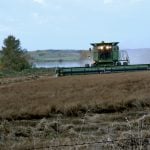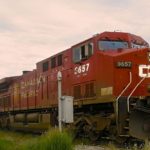Reuters – Canadian fertilizer and farm supplies dealer Nutrien Ltd reported a better-than-expected quarterly profit and raised its full-year adjusted profit forecast, driven by strong demand for its potash fertilizers. The world’s largest fertilizer company by capacity raised its full-year adjusted profit forecast to the range of $2.60-$2.80 per share, from its prior estimate of […] Read more













